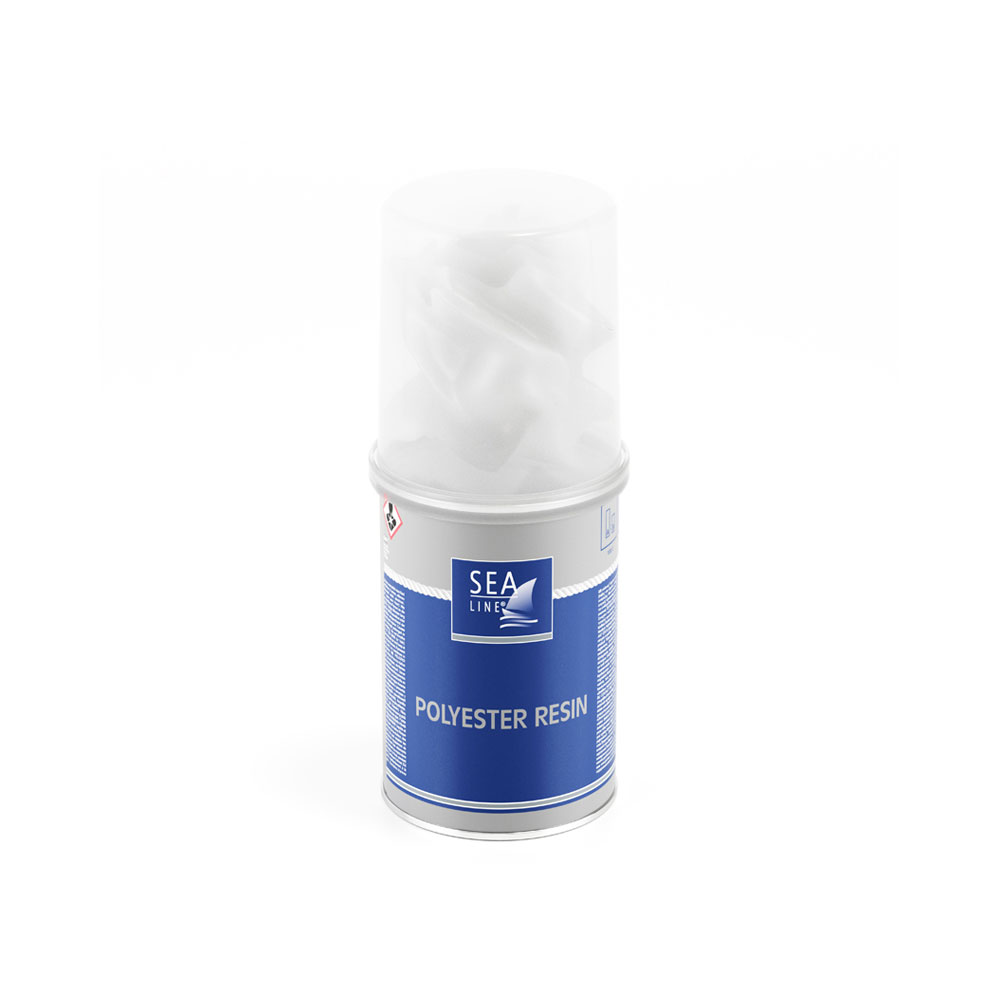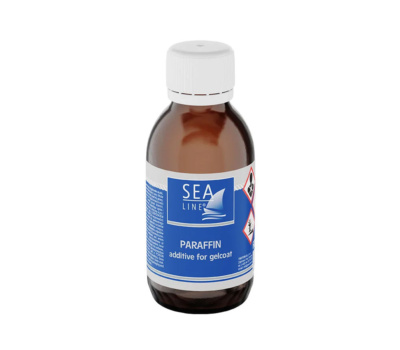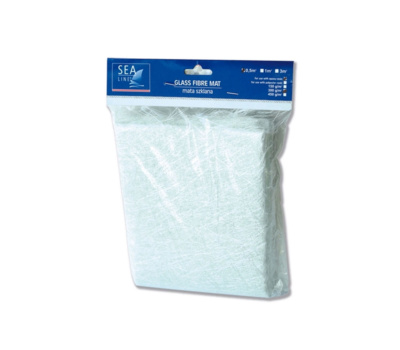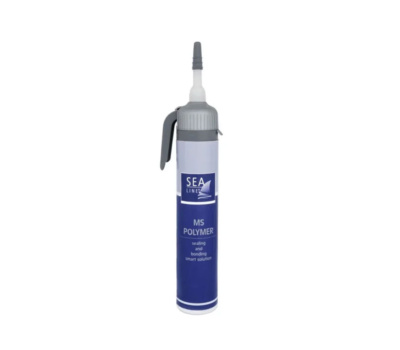Polyester structural resin is recommended for laminating, reinforcing surfaces, patching holes, and repairs, especially in situations where the speed of repair execution is crucial.
| Weight | Code |
|---|---|
| 250 g | 2392 |
| 500 g | 6080 |
| 1 kg | 2480 |

Manually:
To obtain a fully-fledged and adequately strong laminate, use a 2:1 weight ratio of resin to glass mat for polyester or a 1:1 weight ratio of resin to glass fabric.To finish laminated surfaces we recommend using Sea-Line® fillers, Sea-Line® epoxy primers, Sea-Line® topcoats or a Sea-Line® gelcoat repair kit.
| Type | Laminates, steel | |
| Place | Above and below waterline | |
| Function | Laminating, repairs, reinforcement, gluing | |
| Application | Brush, roll | |
| Thinning | Not recommended | |
| Theoretical coverage for 1kg (for 1 layer laminate) | performance for layer of laminate based on glass fibre mats | |
| 150 g/m² 300 g/m² 450 g/m² | ~3,5 m² ~1,7 m² ~1,1 m² | |
| performance for layer of laminate based on glass fibre | ||
| 200 g/m² 400 g/m² | ~5 m² ~2,5 m² | |
| Coats number | According to your needs | |
| Pot life 20°C | 10~15 min at 20°C | |
| Hardening time | 45 min at 20°C | |
To achieve a full-quality and sufficiently strong laminate, use the following weight ratio:
For finishing the laminated sections, we recommend using materials such as:

Paraffin is an additive mainly to polyester gelcoats, necessary when it is necessary to apply

Fiberglass reinforcements, including boat mats and fiberglass fabrics combined with resin, are used for repairs

Is elastic sealant recommended for sealing and bonding various types of materials.
We recommend to always sand the surface between applying two different products to ensure uniform surface roughness and adhesion of subsequent layers. The sanded surface should also be cleaned and degreased.
Yes, you can mix Sea-Line polyurethane paints. The only difference are the pigments of polyurethane paints that determine the color of the paint. But remember to keep the right proportions of base, hardener and thinner.